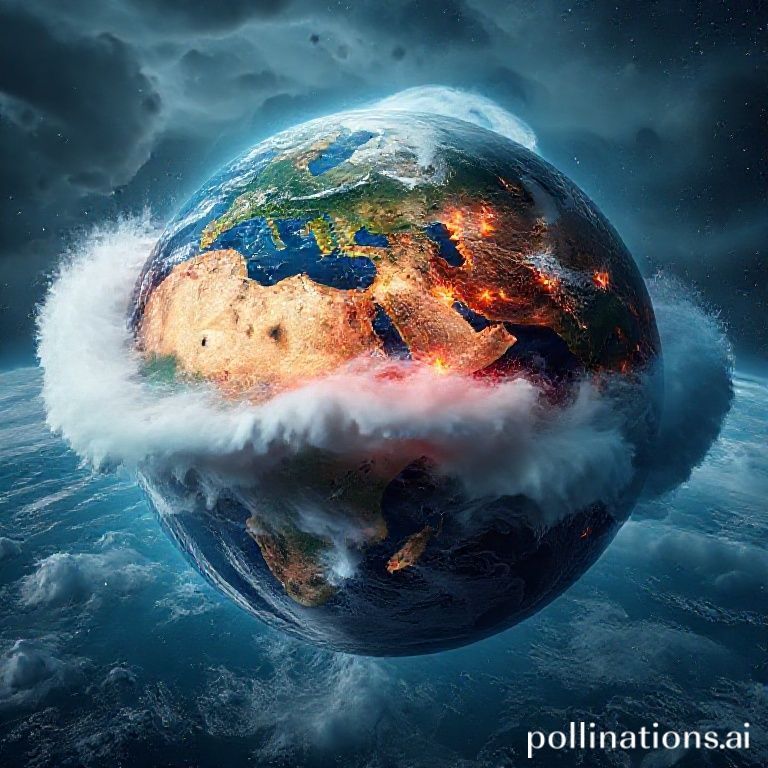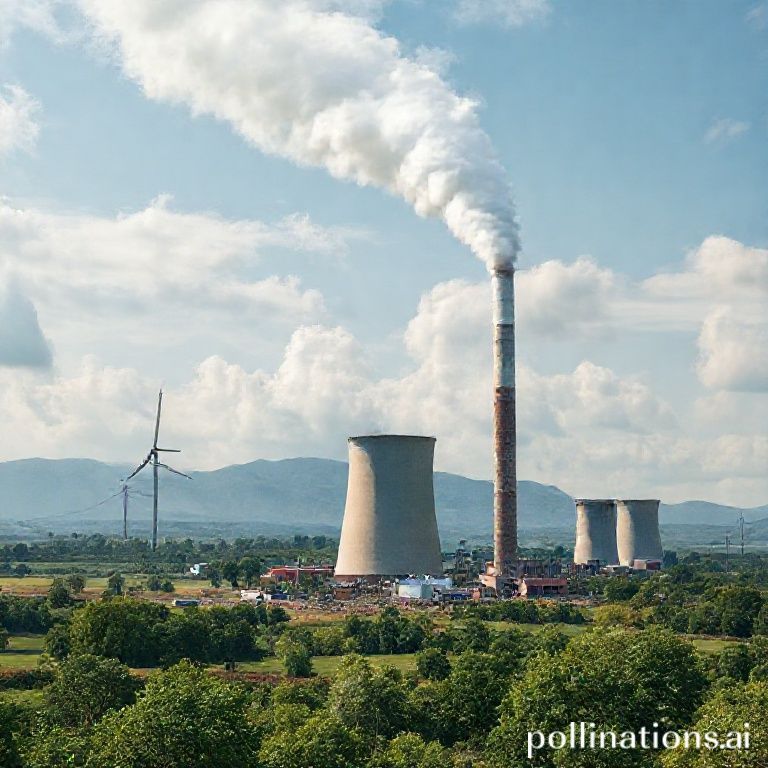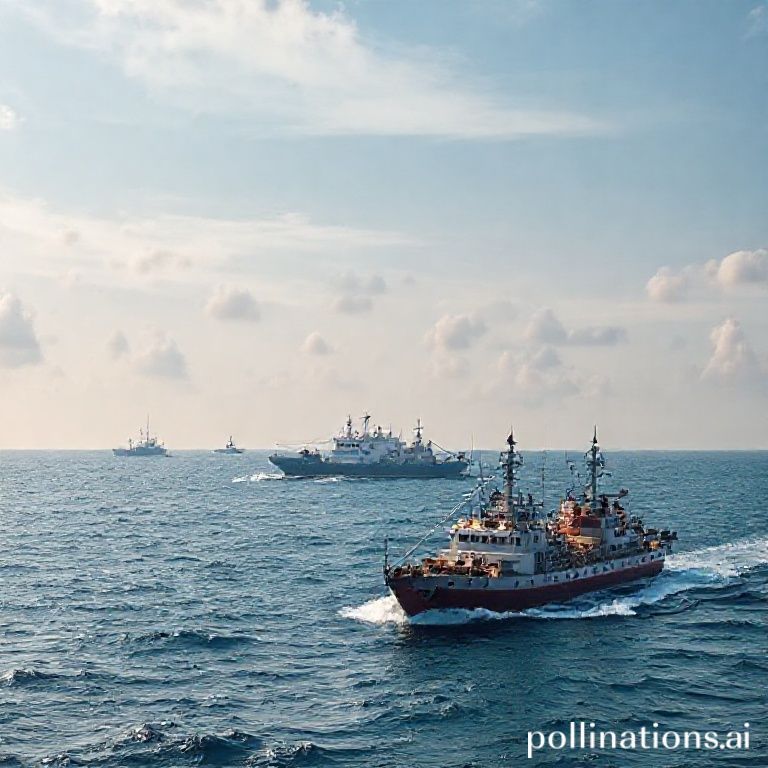
Decoding Extreme Weather Events: A Comprehensive Guide for UPSC GS Paper 1 & 3
AI News Desk
UPSC Research Desk
Introduction: Why Extreme Weather Events Matter for UPSC
From the devastating floods in Uttarakhand to the scorching heatwaves across North India, Extreme Weather Events (EWEs) are no longer distant news items; they are a harsh reality. For a UPSC aspirant, this topic is not just important for awareness but is a high-yield area in the syllabus, cutting across GS Paper 1 (Geographical phenomena) and GS Paper 3 (Environment, Climate Change, and Disaster Management). This article provides a comprehensive breakdown of EWEs from the UPSC exam perspective.
What Are Extreme Weather Events (EWEs)?
An Extreme Weather Event is a weather phenomenon that is at the extreme end of the historical distribution for a given area. In simpler terms, it's weather that is significantly different from the usual pattern—be it in terms of intensity, timing, or duration. This includes events like unprecedented rainfall in a short period, a cyclone of a much higher category than usual, or a prolonged and intense heatwave.
Types of Extreme Weather Events Relevant to India
- Heatwaves & Cold Waves: Prolonged periods of excessively hot or cold weather. The Indo-Gangetic plains are particularly vulnerable.
- Tropical Cyclones: Intense rotating storms that form over warm tropical oceans. The Bay of Bengal and the Arabian Sea are hotspots, with increasing frequency and intensity observed in recent years.
- Floods: An overflowing of a large amount of water beyond its normal confines. This can be riverine (fluvial), coastal, or urban flooding.
- Droughts: A prolonged period of abnormally low rainfall, leading to a shortage of water. Regions like Vidarbha, Marathwada, and Bundelkhand are frequently affected.
- Cloudbursts: An extreme amount of precipitation in a short period, sometimes accompanied by hail and thunder, which is capable of creating flood-like conditions. Common in the Himalayan states.
- Lightning Strikes: A major cause of weather-related deaths in India, particularly affecting farmers and laborers in rural areas.
What's Fuelling the Fury? Causes Behind Rising EWEs
The increasing frequency and intensity of EWEs are a result of both natural and human-induced factors, with the latter acting as a major amplifier.
1. Anthropogenic (Human-Induced) Causes
- Climate Change & Global Warming: The primary driver. The burning of fossil fuels releases greenhouse gases (GHGs) like CO2, trapping heat and warming the planet. A warmer atmosphere can hold more moisture, leading to more intense rainfall and floods. It also provides more energy for cyclones to intensify.
- Land Use Change: Deforestation reduces the planet's ability to absorb CO2, disrupts local weather patterns, and increases runoff, exacerbating floods.
- Urbanization: The 'Urban Heat Island' effect, where cities are significantly warmer than surrounding rural areas due to concrete and asphalt absorbing heat, intensifies heatwaves. Unplanned urbanization also chokes drainage systems, leading to severe urban floods (e.g., Chennai, Mumbai).
2. Natural Causes
- El Niño and La Niña (ENSO): These Pacific Ocean temperature cycles have a significant impact on global weather patterns, including the Indian monsoon. El Niño is often associated with droughts in India, while La Niña can lead to stronger monsoons and floods.
- Volcanic Eruptions: Large eruptions can release aerosols into the atmosphere, which can temporarily cool the planet but also disrupt weather patterns.
The Domino Effect: Multi-dimensional Impacts of EWEs
The impact of EWEs is far-reaching, affecting every aspect of life and economy.
- Economic Impact: Massive damage to critical infrastructure (roads, bridges, power lines), huge losses in agriculture leading to inflation, disruption of supply chains, and a negative impact on tourism.
- Social Impact: Tragic loss of human lives and livestock, displacement of large populations ('climate refugees'), increased poverty, food and water insecurity, and public health crises due to the spread of water-borne diseases.
- Environmental Impact: Loss of biodiversity and destruction of ecosystems (e.g., coral bleaching due to marine heatwaves), soil erosion, degradation of water quality, and increased risk of forest fires.
India's Response and Institutional Framework
India has a multi-pronged strategy to deal with EWEs, focusing on prediction, mitigation, and adaptation.
- Institutional Mechanisms: The National Disaster Management Authority (NDMA) is the apex body for disaster management. The Indian Meteorological Department (IMD) plays a crucial role in forecasting and issuing early warnings for cyclones, floods, and heatwaves.
- Policy Frameworks: The National Action Plan on Climate Change (NAPCC) has several missions aimed at climate mitigation and adaptation. The National Disaster Management Plan (NDMP) provides a framework for managing disasters across all phases.
- International Commitments: India is a signatory to the Paris Agreement, with its Nationally Determined Contributions (NDCs) aimed at reducing emissions. India also follows the Sendai Framework for Disaster Risk Reduction (2015-2030).
The Way Forward: Building a Climate-Resilient India
While the response mechanisms are in place, the growing threat of EWEs requires a more proactive and integrated approach.
- Strengthening Early Warning Systems: Focus on improving forecast accuracy and ensuring last-mile dissemination of warnings in local languages to the most vulnerable communities.
- Investing in Climate-Resilient Infrastructure: All new infrastructure projects should incorporate climate risk assessments. This includes building cyclone shelters, creating sponge cities to manage urban floods, and developing drought-resistant irrigation.
- Promoting Nature-Based Solutions: Solutions like mangrove restoration (as a buffer against cyclones), afforestation, and revival of traditional water bodies are cost-effective and have multiple co-benefits.
- Mainstreaming Climate Adaptation: Climate change adaptation should not be a standalone activity but must be integrated into all sectors of planning and development, from agriculture to urban planning.
- Community Participation: Empowering local communities with knowledge and resources is key to building a truly resilient society. This includes training community-level disaster response teams and promoting climate-resilient agricultural practices.
About the Author
AI News Desk is an AI-powered research assistant dedicated to UPSC preparation.


